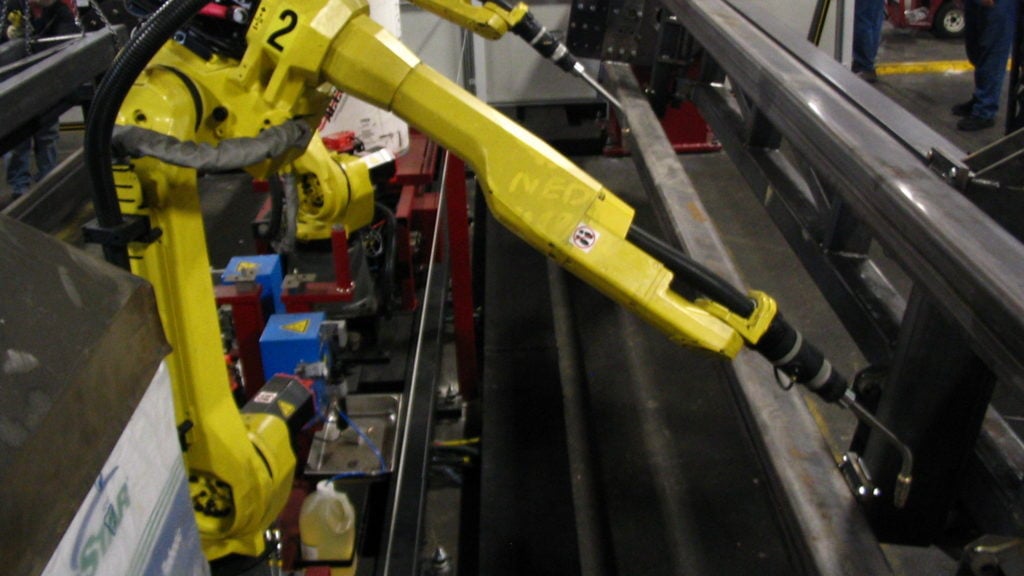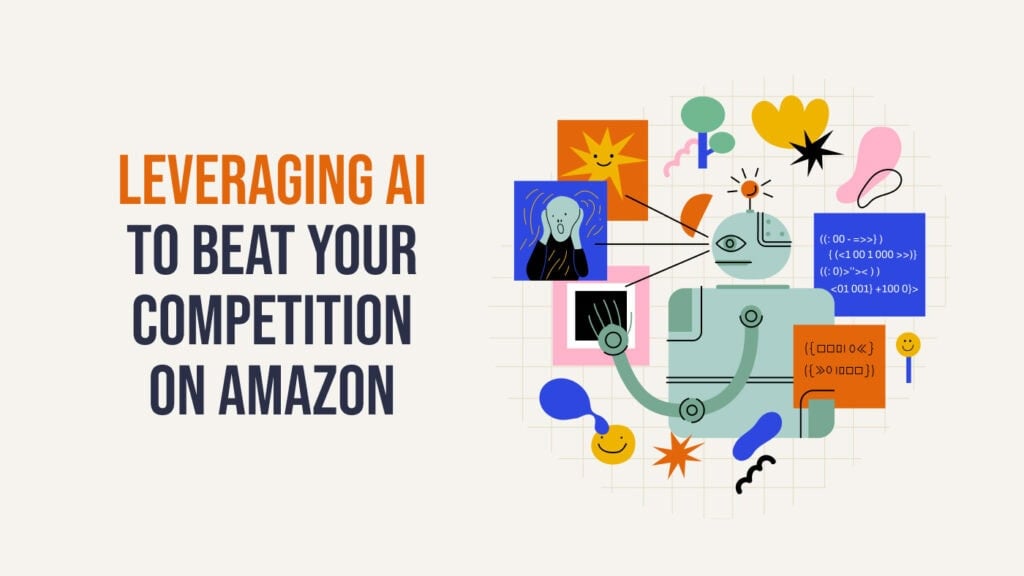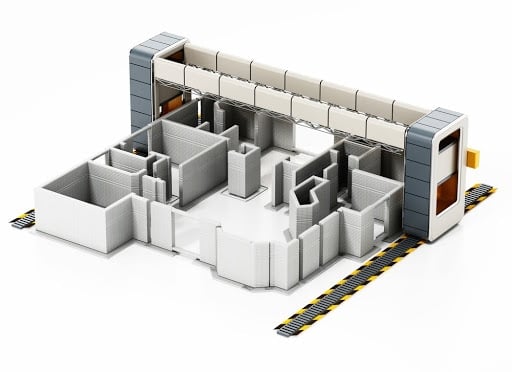Killer robots are coming!
No, I’m not talking about rogue metallic beasts marching through the streets set on enslaving humankind. I’m talking about job killing robots making their way not only into manufacturing plants, but also into high-rise office towers and scientific laboratories.
According to ABI research, the number of robots sold in the U.S. will increase by nearly 300 percent in the next decade. Robotic Industries Association data shows robot sales increased by 40 percent in 2016 alone.
When we think about robots in the workplace, we tend to focus on manufacturing envirinments, particularly the auto industry. Car makers bought 70 percent of North American industrial robots last year, investing $1.2 billion dollars in the technology.
But other industries are turning to robotics and automation as well. Since 2012, annual robotic purchases in the pharmaceutical industry have increased 20.5 percent. Automation has also moved into fields such as banking and legal services. Applications utilizing artificial intelligence can analyze thousands of legal documents in a fraction of the time necessary for a team of lawyers to do the job. According to a study reported by the Washington Post, automation has already zapped approximately 31,000 legal jobs.
The proliferation of robots, automation and artificial intelligence has generated widespread panic. A recent article published by Recode.net reflects the general sense that these machines are stealing jobs and maybe taking over the world.
“More robots means fewer jobs. For every new industrial robot introduced into the workforce, six jobs were eliminated, a study published last week from the National Economic Research Bureau found.”
Jerry Kaplan, author of a book titled Humans Need Not Apply, took fear of job killing robots to the level of hysteria in an interview on PBS NewsHour, saying displaced workers who for whatever reason can’t acquire skills necessary to work in this new robot-dominated economy will literally die in the streets.
“We’re going to see much worse income inequality. And unless we take some humanitarian actions, the truth is, they’re going to starve and live in poverty and then die.”
But in truth, we shouldn’t fear the robotic hordes. In fact, we should embrace them just as we have other technological advances throughout history.
As the saying goes, there’s nothing new under the sun, and this same panic has erupted with each new advance in technology.
In his 1964 essay The Curse of Machinery, Henry Hazlitt called the idea that machines create unemployment on balance “the most viable of all economic delusions.”
“Destroyed a thousand times, it has risen a thousand times out of its own ashes as hardy and vigorous as ever.”
Hazlitt looks back through history and proves what is obvious - technology has marched ahead at an amazing rate and people have continued to find work. With every job “destroyed” new jobs evolve to take their place - oftentimes in the very industries that were automated. For example, consider the invention of cotton spinning machinery in 1760.
“At that time it was estimated that there were in England 5,200 spinners using spinning wheels, and 2,700 weavers—in all 7,900 persons engaged in the production of cotton textiles. The introduction of Arkwright’s invention was opposed on the ground that it threatened the livelihood of the workers, and the opposition had to be put down by force. Yet in 1787—twenty-seven years after the invention appeared—a parliamentary inquiry showed that the number of persons actually engaged in the spinning and weaving of cotton had risen from 7,900 to 320,000, an increase of 4,400 per cent.”
And yet, 200 years later, in Hazlitt’s day, people were still condemning machines.
“By 1961 there was no sign that the fallacy had died. Not only union leaders but government officials talked solemnly of ‘automation’ as a major cause of unemployment. ‘Automation’ was discussed as if it were something entirely new in the world. It was in fact merely a new name for continued technological advance and further progress in labor-saving equipment.”
And here we are 50 years later, still dancing to the same tune - only this time around robots serve as our dancing partners.
All of the fretting about robots destroying jobs ignores one of the most fundamental aspects of human existence - we have unlimited needs and desires. When we fulfill one need, we move on to the next desire. We also face scarcity. We don’t have the resources available to meet all of our infinite needs.
Automation does indeed enable us to fulfill some needs more simply and efficiently. But it doesn’t end there. It frees up more time and more resources to pursue other needs - new desires we didn’t have time for before. Simply put, if robots were suddenly able to accomplish all of the tasks that fill our days, we would undoubtedly come up with new tasks to pursue. As technology does some of the jobs we used to do, we are free to satisfy some other need or desire. Ultimately, that creates new work and new jobs.
This cycle has repeated over and over again throughout history, and there is no reason to think “this time is different” just because it involves robots.
Imagine if you told a US farmer in 1800 that in 200 years, less than 2 percent of the workforce would be working in agriculture. He would have totally freaked out. If he believed you, it would probably send him into panic.
“What will people do? There won’t be any jobs!”
He simply couldn’t have imagined such a world. After all, at that time, more than half of the workers in America labored in agriculture. Yet here we are today.
People today suffer from the same lack of perspective as our hypothetical farmer. We can’t imagine what we will do in a world where robots handle much of the work we do today. But rest assured, we will do something. People will have jobs. And the world will be a better place.
MORE STORIES ABOUT INNOVATION CHANGING OUR ECONOMY:
• How New Fintech Automation Software Has Replaced 360,000 Hours of Human Work
• Should Robots Pay Taxes?
• The Self-Driving Car Revolution Is Just Beginning











